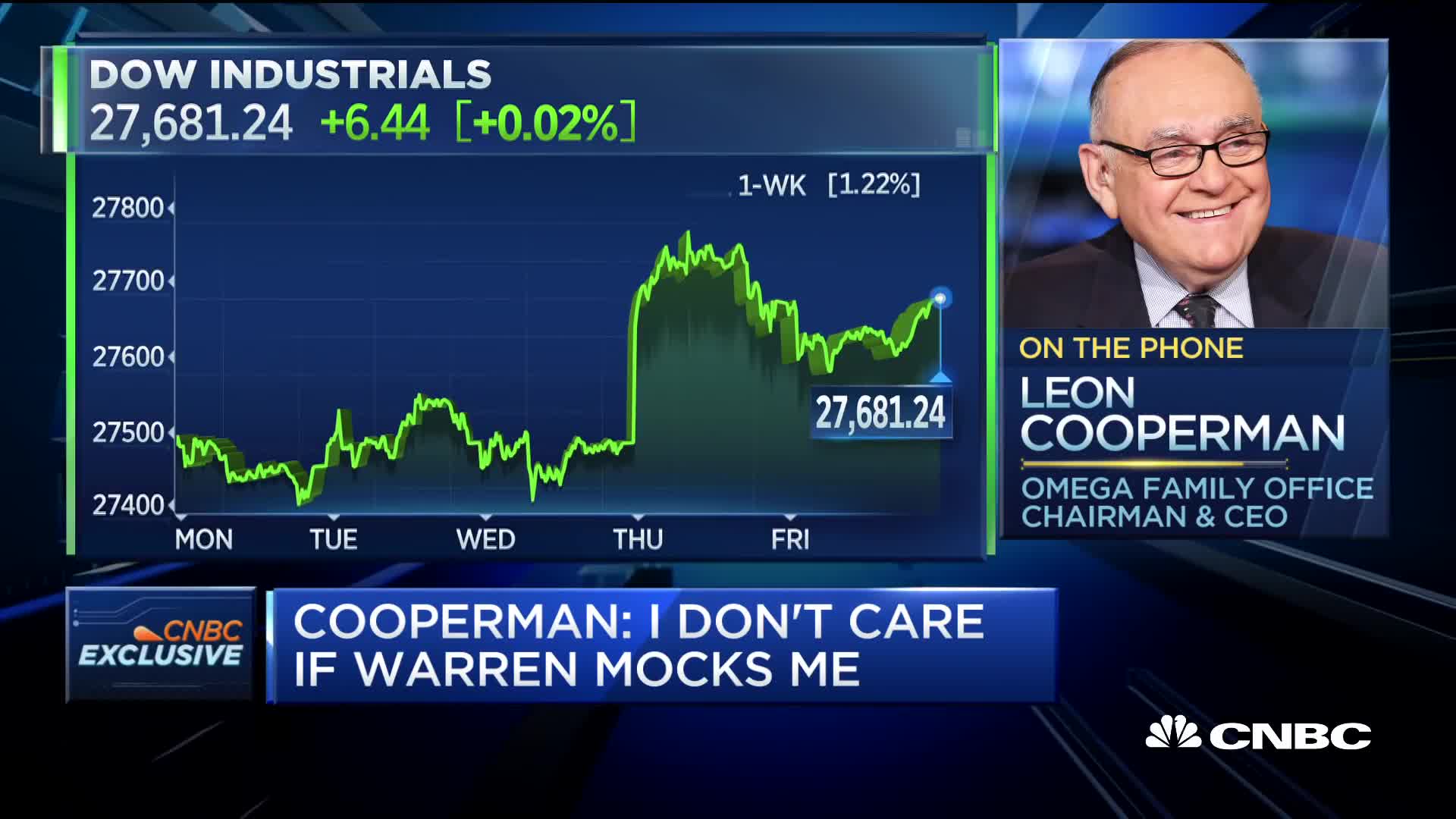Economic Growth
Economic growth is a critical metric that reflects the sustained increase in the production of goods and services within an economy. Typically measured by the rise in Gross Domestic Product (GDP) or GDP per capita, economic growth is integral to enhancing living standards and alleviating poverty. Recent evaluations indicate that global GDP growth is expected to stabilize in the range of 2.6% to 3.3%, amid numerous challenges such as geopolitical tensions and inflationary pressures. Understanding economic growth is not only essential for policymakers and economists but also for citizens as it influences job creation, income levels, and overall societal progress. Key drivers of economic growth include investment in physical capital, growth in the labor force, and advancements in technology, which together facilitate a nation's ability to expand its output effectively. Moreover, various economic theories, including endogenous growth theory, emphasize the role of innovation and human capital in achieving long-term growth. Additionally, the ongoing discussions about sustainable economic development highlight the importance of creating growth strategies that not only boost GDP but also are equitable and environmentally conscious. As nations work towards sustainable solutions, comprehending the dynamics of economic growth becomes increasingly pertinent amidst continual global shifts in economic conditions and policies.
How is the Indian government supporting MSMEs and startups through recent policy changes?
The Indian government has enhanced support for MSMEs and startups, which contribute 29% of GDP and 50% of exports. For MSMEs, loan guarantee limits have increased from 5 to 10 crore rupees, while startups can now access up to 20 crore rupees (up from 10 crore). Additionally, the government has revised MSME definitions, allowing businesses to grow larger while retaining MSME benefits. The investment limit for micro enterprises has increased to 2.5 crore rupees with turnover up to 10 crore, enabling small businesses to expand without losing access to subsidies, tax perks, and low-interest loans.
Watch clip answer (03:59m)Do you think the S&P 500 is a sell at its current record high, particularly with the upcoming election?
No, Leon Cooperman doesn't believe the S&P 500 is a sell at its current level. He notes that conditions typically preceding market downturns (recession, accelerating inflation, hostile Fed, geopolitical events) are not present. The market appears stable with consumer confidence high, strong retail sales and employment, and decent corporate profits. Cooperman does express concern about two factors: the alarming rate of debt buildup in the country and the political shift to the left. He's also worried about market structure changes, including the elimination of the uptick rule and reduced stabilizing forces. Despite these concerns, he believes the market is 'okay' for the near future.
Watch clip answer (02:51m)How should we leverage AI to benefit economies while managing its potential risks?
AI should be leveraged across multiple domains including robotics, biomedical research, energy technologies, and manufacturing. According to Roubini, proper regulation is essential to ensure we get the best outcomes while mitigating risks like technological unemployment, wealth inequality, and weaponization. Maintaining vibrant economic competition is key to preventing monopolies and encouraging innovation. However, we must address AI's potential negative impacts, including misinformation, job displacement, and social backlash from increased inequality. Societies need to invest in education and skills development to help workers adapt, ensuring that technological advancement benefits everyone rather than just capital owners and highly skilled individuals.
Watch clip answer (06:21m)What books does Tim O'Reilly recommend for understanding the problems with our current financial system?
Tim O'Reilly highlights two important books that explore economic challenges: 'Makers and Takers' by Rana Faroohar and 'The Golden Passport' by Duff MacDonald. MacDonald's work examines how Harvard Business School spread financial ideology, while Faroohar's book identifies the root cause of economic problems. According to Faroohar, the financial system has stopped serving the real economy and now primarily serves itself, which she identifies as the single biggest unexplored reason for long-term slower growth and income inequality. These insights challenge commerce professionals to reconsider how financial systems should function in relation to the broader economy.
Watch clip answer (00:29m)What is the expected impact of Trump's proposed tariffs on prices and jobs?
According to President Trump, while prices might go up somewhat in the short term, the long-term effect would be positive with prices eventually going down. He emphasized that jobs will increase 'tremendously,' creating employment opportunities 'for everybody.' Frank Holland of CNBC explained that tariffs are essentially taxes on imported goods paid by businesses and typically passed on to consumers. However, there's uncertainty about implementation, as the administration is conducting a study due by April 1, suggesting a strategic approach targeting specific trading partners rather than universal tariffs. This tailored approach could potentially boost the US economy and increase foreign investment, leading to the job growth Trump referenced.
Watch clip answer (02:07m)How has India's confidence and global standing changed under Modi's leadership?
India has transformed from a self-doubting nation where decisions were based on global opinion to a more confident country where the world seeks leadership. This newfound confidence stems from domestic growth - evidenced by doubled per capita income, reduced inflation, and expanded welfare systems. Today's India combines soft power influence through yoga, Bollywood and cricket with assertive defense policies, as seen in responses to terrorism. Indians now display pride in their identity abroad, shaped by but not defined by their colonial history, viewing themselves as global leaders rather than victims of subjugation.
Watch clip answer (04:21m)




